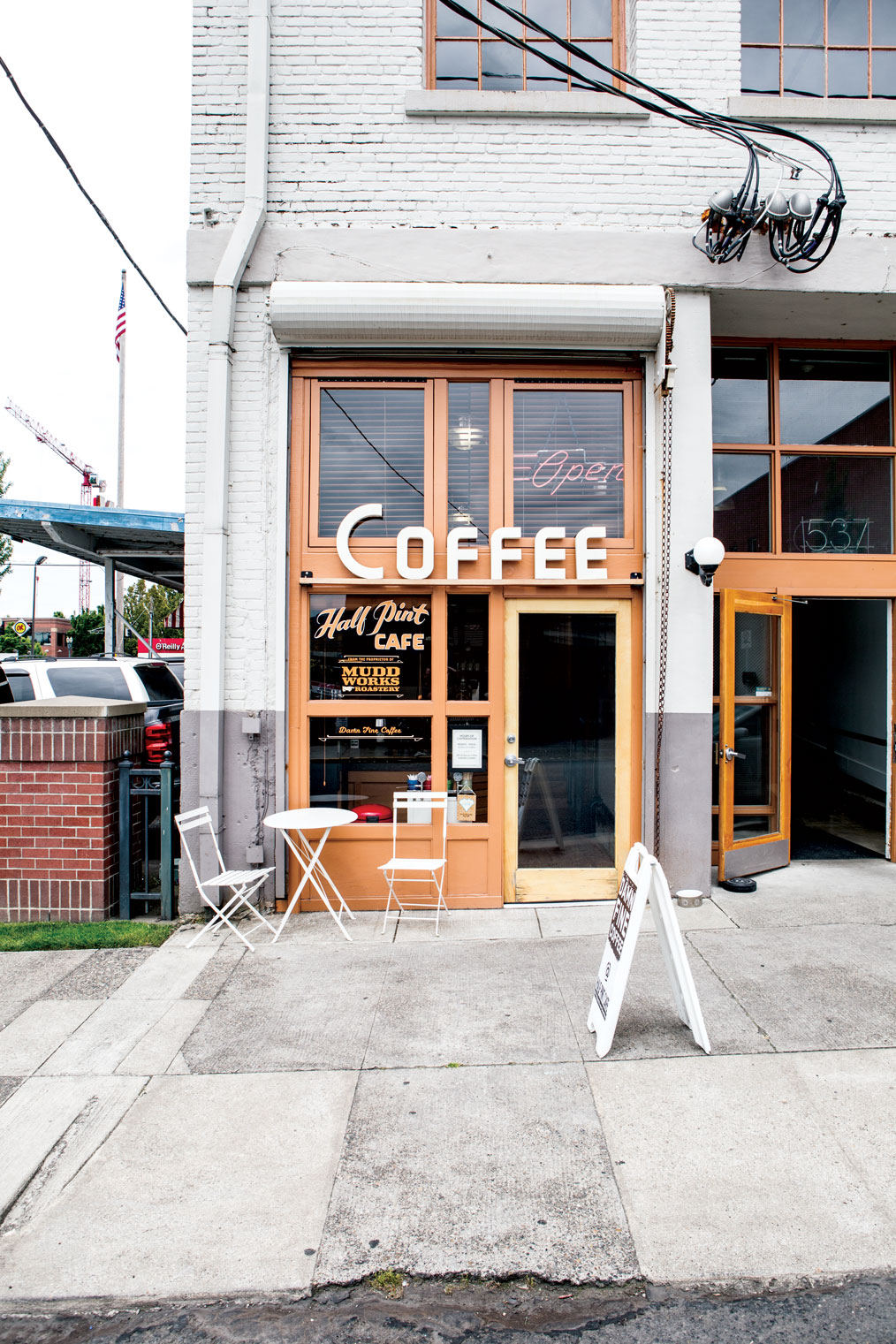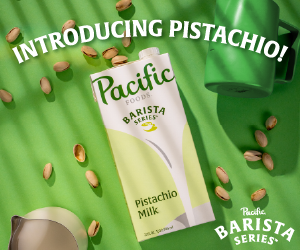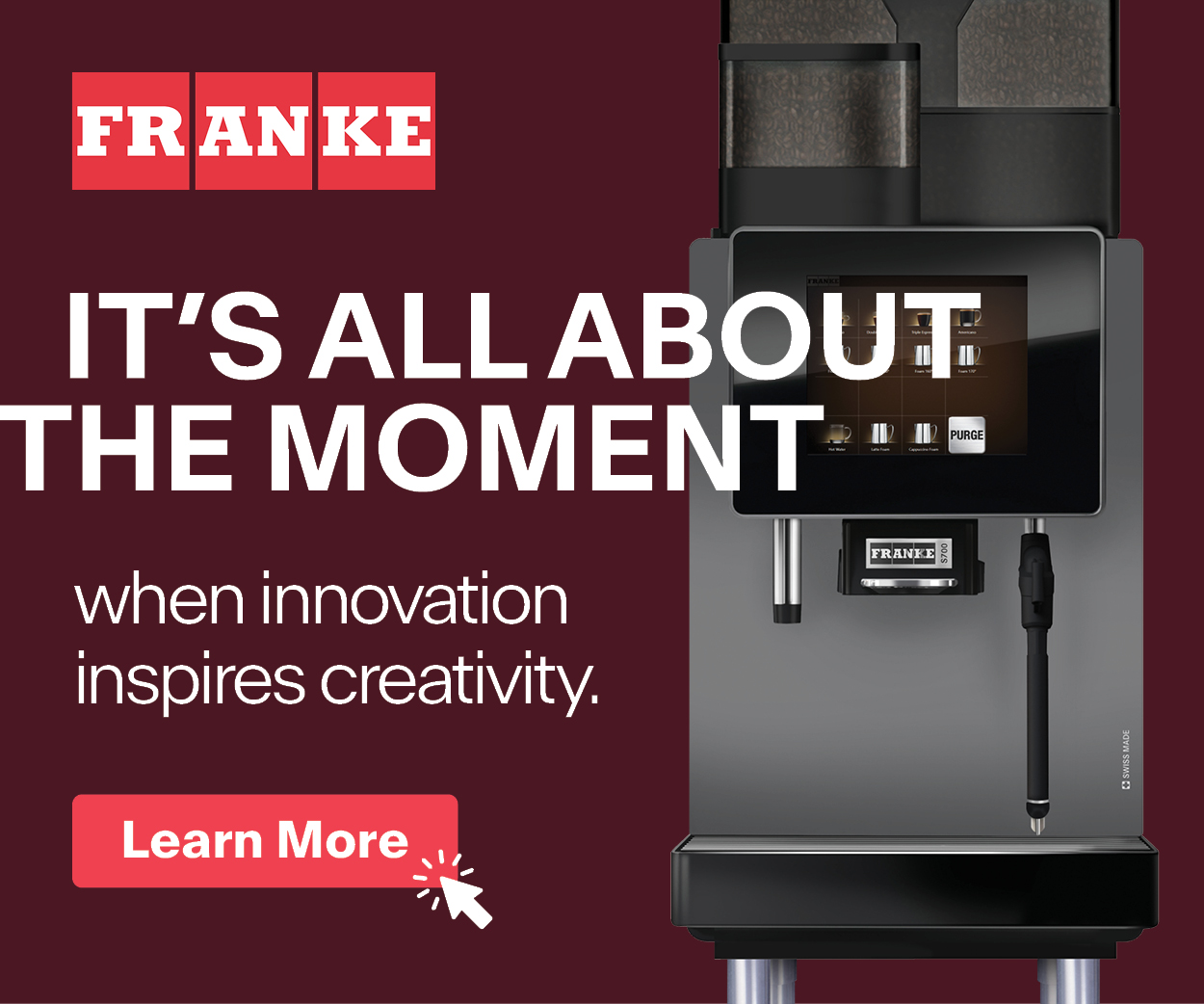This post is part of Pocket Cafés, a series examining tiny spaces transformed into bustling coffee stops.
[C]ustomers need to feel a connection with a business to keep coming back—whether through thoughtful design, phenomenal coffee, or exceptional service. But baristas need a working space that allows them to curate a noteworthy experience.
Marco Johnson opened Half Pint Café in November of 2011. Because of timing with permits, he had only a matter of days to get the space up and running, allowing little time to customize equipment or bar layout. He decided to keep the café running on a less-than-ideal layout for the sake of revenue. “Initially you have to make do with what you have,” he says, “and then when you make money you can change that.”
In Portland’s Buckman neighborhood, Half Pint Café occupies the portion of the bottom two floors of a brick building where the freight elevator used to be. Johnson made minor adjustments as the business grew, then coordinated a major remodel late last year. The idea was to open up the bar and give baristas their own production area, without having to reach over one another.
Johnson drew on his years of bartending experience to build a bar that was efficient for two baristas. The new design has less refrigeration space than the original layout and slightly less storage, but a much better flow for customers and employees. The barista making drinks has ready access to everything. The barista near the register is closest to the pass-through area, easily able to leave the counter to bus dishes, make a run to the back storage area, or assist customers with retail purchases.
Johnson constantly thinks about the customer experience. “Every month or so I’ll come in and just stand here as a customer,” he says. He removed shelving along the shop’s walls during the remodel, giving guests more room as they walk into the shop. High ceilings, a wall of windows, and doors on opposing sides of the shop give the appearance of more space. But multiple points of entry can also cause confusion. “We have two doors for opportunity and confusion,” Johnson says. He emphasizes the importance of greeting guests and offering guidance. Especially in a small area, customers can be quickly alienated if they aren’t greeted. The careful design required to successfully execute a pocket café leaves a strongly personal touch—ensuring that customers feel invited into the space you’ve created is critical for success.
More in the series:
—Ellie Bradley is Fresh Cup‘s associate editor.
















